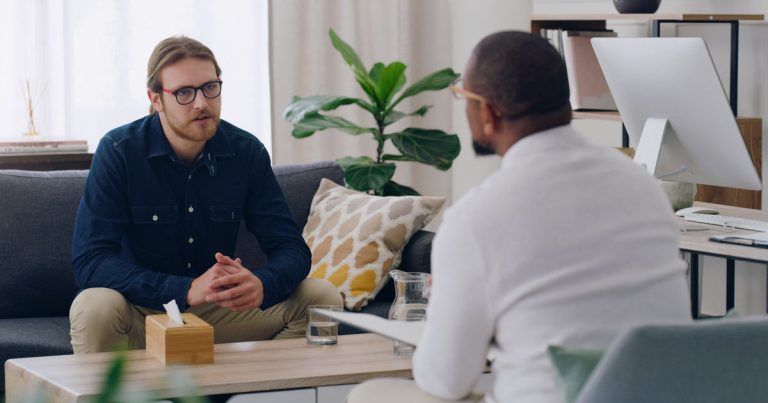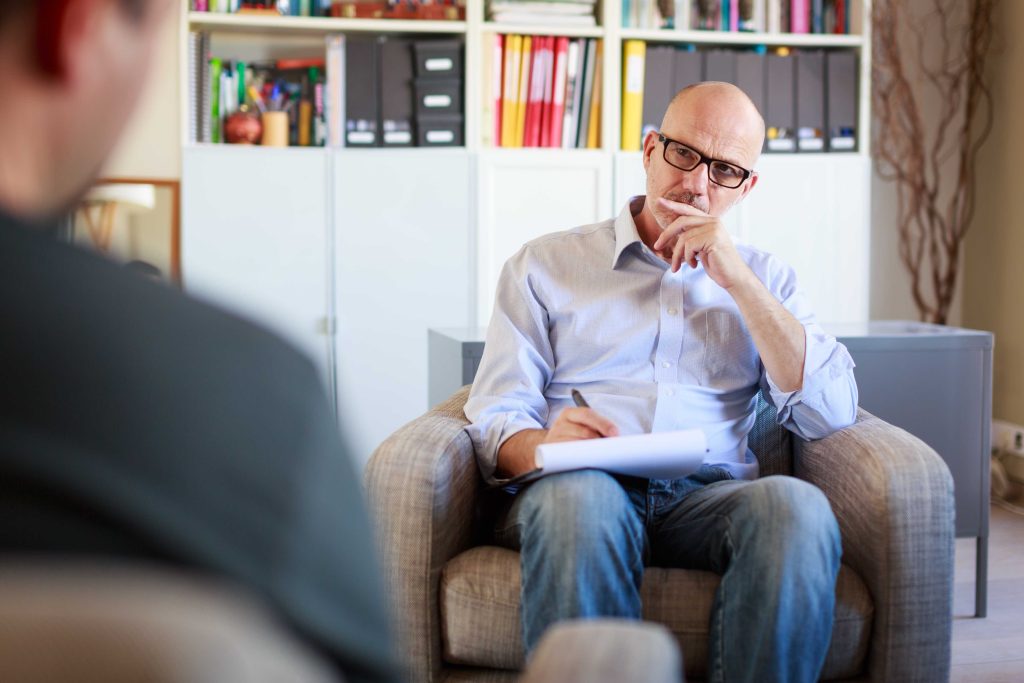- 1025 N Washington St, Suite 210, Alexandria, Virginia, 22314, USA
- [email protected]
He Draws His Way to Happiness: How Art Therapy Transforms Lives
In a quiet corner of his home studio, Matt picks up a pencil and begins to sketch. What starts as abstract lines soon evolves into something deeply personal — a scene from his childhood, reimagined through the lens of healing. For Matt and thousands like him, art therapy has become a powerful outlet to process emotions, manage anxiety, and rediscover joy.
Art therapy isn’t about being a professional artist or creating something worthy of a gallery. It’s about using the creative process as a tool for emotional expression and psychological growth. Whether it’s drawing, painting, sculpting, or even coloring, the act of creating can unlock thoughts and feelings that might be difficult to articulate in words.
Understanding the Power of Art Therapy

Art therapy is a mental health profession that combines the process of making art with psychotherapeutic techniques. Clients are guided by trained art therapists who help interpret their creations and connect them to underlying emotions. The goal is not to judge the aesthetic value of the artwork, but to explore what it reveals about the person who made it.
Studies have shown that art therapy can reduce symptoms of depression, anxiety, and post-traumatic stress. It can also improve self-esteem and social functioning. The process stimulates both hemispheres of the brain — logical and emotional — promoting a balance that traditional talk therapy may not always reach on its own.
Matt’s Journey: From Burnout to Balance

Matt, a 38-year-old marketing executive, came to art therapy after years of silent burnout. “I didn’t even realize how much stress I was carrying,” he recalls. “Talking about it didn’t help. I’d just freeze up.”
A friend suggested he try drawing — not for art’s sake, but as a release. Skeptical but desperate, Matt agreed to meet with a personal consultant who integrated art therapy into a broader wellness plan. The first session was simple: doodling with charcoal while music played. But something clicked.
“I started drawing my stress,” he explains. “Not in any planned way — just shapes, shadows, lines. And I felt lighter.”
Over time, Matt’s consultant helped him identify recurring themes in his drawings. He began to recognize when his anxiety flared up — and more importantly, he learned techniques to manage it.
Tailoring Therapy to the Individual

One of the strengths of art therapy is its flexibility. Our personal consultants work with clients of all backgrounds and experiences, adapting each session to suit individual goals. Whether someone is dealing with grief, trauma, relationship issues, or everyday stress, the process is customized.
Sessions can include free drawing, guided imagery, collage creation, or even group projects. For clients who struggle with verbal expression — such as children or neurodivergent individuals — art therapy offers a safe and often empowering alternative to traditional communication.
The Role of the Personal Consultant

Integrating art into a wellness plan isn’t a one-size-fits-all approach. Our consultants start by understanding each person’s emotional landscape. They then design a plan that includes creative sessions alongside mindfulness exercises, journaling, and reflective discussion.
By serving as both creative guides and emotional anchors, consultants help clients track their progress not only through words, but through visible, tangible artwork that charts their inner growth.
Science Supports the Process

Research continues to validate the benefits of creative therapies. A 2020 study published in The Arts in Psychotherapy journal found that just 45 minutes of art-making significantly reduced cortisol levels — the body’s primary stress hormone. Other studies have shown that structured art therapy can lower symptoms in patients with trauma, addiction, and chronic pain.
Art-making can also stimulate dopamine, a neurotransmitter linked to feelings of pleasure and motivation. In this way, engaging with art doesn’t just calm the nervous system; it actively supports emotional healing.
From Expression to Empowerment

For many, art therapy becomes more than a method of expression — it becomes a pathway to reclaiming control and rediscovering joy. Matt now keeps a daily sketch journal. Some pages are detailed, others are abstract. But each one reflects a moment of clarity, a pause in the noise.
“I don’t think I ever really knew what peace felt like,” Matt says. “Now I do.”
He’s not alone. Countless others have found their way back to happiness — not through medication or major life changes, but through the steady, creative act of drawing, painting, or sculpting their way through pain.
Your Path to Wellness Can Start Today
If you’ve been struggling with stress, sadness, or emotional overwhelm, you don’t have to navigate it alone. Our experienced consultants are ready to guide you through an art-based wellness plan designed just for you.
You don’t need to be an artist. You just need to begin. Because sometimes, the best way to express how you feel — and heal what hurts — is to draw your way forward.
